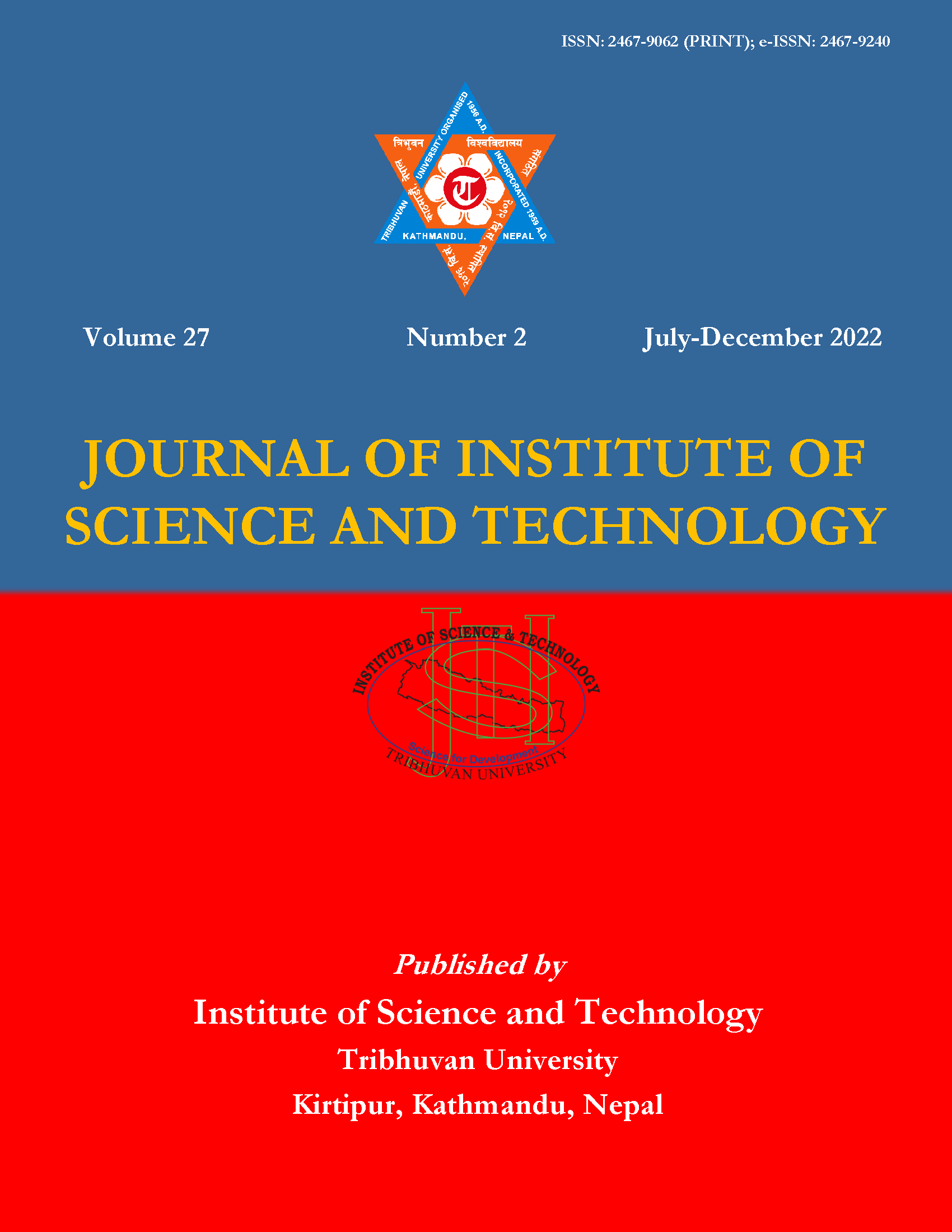Human-Leopard Panthera pardus (Linnaeus, 1758) Conflict in Godawari Municipality, Lalitpur, Nepal
DOI:
https://doi.org/10.3126/jist.v27i2.51171Keywords:
Conservation, human-wildlife conflict, leopard, livestock depredation, people's perceptionAbstract
Leopard (Panthera pardus) is a globally vulnerable large cat, widely distributed in Nepal. It occurs in different protected and outside protected areas in the human-dominated landscape. We used semi-structured questionnaires to know the Human-Leopard Conflict (HLC) and people’s perception towards Leopard conservation in the conflict-prone areas of Godawari, Lalitpur. The signs survey was conducted to know the presence of Leopards in the study area. Households were sampled using the snowball sampling technique. The presence of signs such as scats, pugmarks, and scents marks in the forest and nearby settlement areas indicated that there was a frequent occurrence of leopards in the study area. The Leopard frequently attacked livestock and pets and sometimes humans. Local people believed that the major reasons behind HLC were insufficient prey species and human disturbances in the habitat of Leopards. The majority of the respondents were against the conservation of Leopards because of the frequent depredation of domestic animals in the study area. The research findings will be useful in making a conservation action plan for Leopards and conflict mitigation strategies in such human-dominated semi-urban and urban landscapes.
Downloads
Downloads
Published
How to Cite
Issue
Section
License
Copyright (c) 2022 Institute of Science and Technology, T.U.

This work is licensed under a Creative Commons Attribution-ShareAlike 4.0 International License.
The views and interpretations in this journal are those of the author(s). They are not attributable to the Institute of Science and Technology, T.U. and do not imply the expression of any opinion concerning the legal status of any country, territory, city, area of its authorities, or concerning the delimitation of its frontiers of boundaries.
The copyright of the articles is held by the Institute of Science and Technology, T.U.




